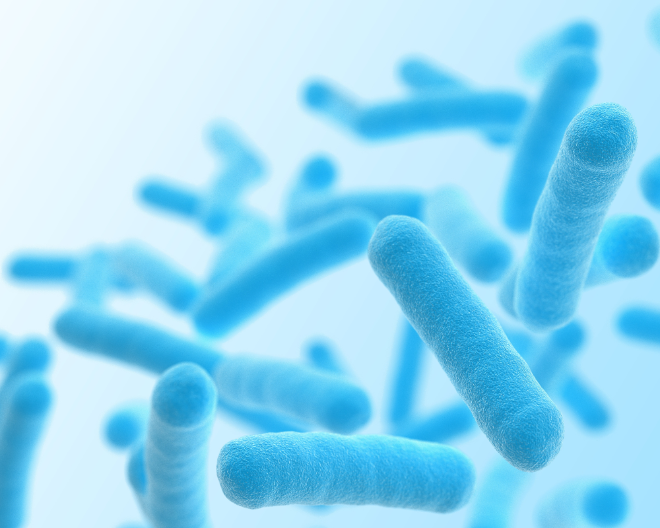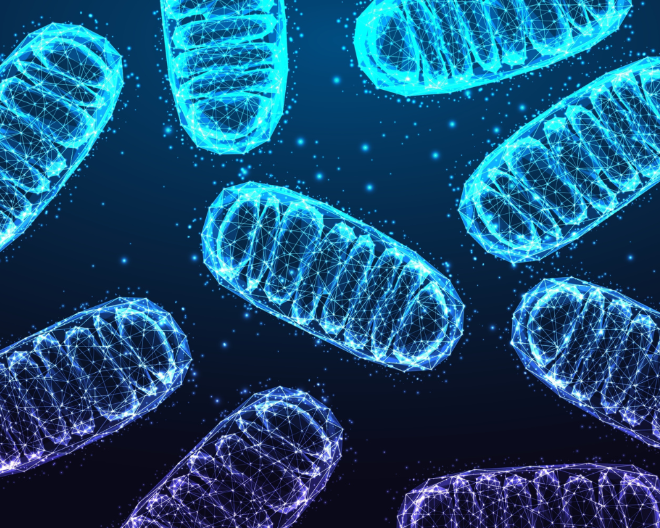
In Nature Medicine, a study by the San Raffaele-Telethon Institute in Milan reports the data of 43 patients treated with one of the first advanced therapies approved in the world, the result of Italian research. Now let's work to ensure early diagnosis and access
Gene therapy for the rare immunodeficiency ADA-SCID confirms also in the long term a favorable risk-benefit ratio: this is what emerges from a study published in Nature Medicine by doctors and researchers from the San Raffaele-Telethon Institute for Gene Therapy (SR -Tiget) of Milan, which reports data from 43 patients treated since 2000, 19 of which after the registration of the therapy in the European Union in 2016. That for ADA-SCID is in fact one of the the "longest-lived" advanced therapies, among the first in the world to be approved as full-fledged drug. Therapy for which, since 2023, the Telethon Foundation has become responsible for the production and distribution, thus avoiding its withdrawal from the market after the disinvestment by the manufacturing company given the poor economic return.
ADA-SCID is a very rare genetic disease: the annual incidence is estimated between 1/375,000 and 1/660,000 live births and, based on data on new births in the European Union (around 4 million per year) , it is estimated that between 6 and 11 babies are born with the condition every year in the 27 EU countries. It is due to the defect in the adenosine deaminase gene, an enzyme essential for the production and maturation of lymphocytes, a particular type of white blood cell. Without this protein, the immune system does not develop properly and is unable to fight the most common infections, which can even be fatal. These children are therefore forced to live in a sterile and isolated environment, so much so that the expression "bubble children" has been coined for them.
/resolutions/res-l1920x10000/Terapia_genica-ADA_SCID_UniSR-(3).jpg)
Currently the first choice therapy for ADA-SCID is the transplant of hematopoietic stem cells from a compatible family donor, which can cure the disease but is available in less than 20% of cases. When this is not feasible, gene therapy represents a valid therapeutic option: it is administered only once in a lifetime and consists of a viral-derived vector containing a corrected version of the defective gene in patients. Placed in contact with hematopoietic stem cells taken from the patient himself, the vector allows the production of the missing protein to be restored. Reinfused in the bloodstream, the corrected cells are able to give rise to functioning lymphocytes and thus defend the body from infections.
«In this work we describe how even after marketing, gene therapy for ADA-SCID continues to be safe and effective, as already demonstrated in the experimental phase that began in 2000»
comments Maddalena Migliavacca, pediatric immunologist and researcher in the Pediatric Immunohematology Unit of the IRCCS San Raffaele Hospital.
«The patients are all alive and in most cases they did not need further curative therapies after gene therapy. Their quality of life improved significantly, they were able to undergo regular vaccinations, go to school and finally lead a life in the community. In the few cases - around 15% - in which the treatment did not work, we were able to successfully intervene with a donor transplant. We will continue to follow our patients for at least 15 years after the administration of the therapy to monitor long-term safety: this will allow us to study even little-known aspects of this disease not linked to immunity, such as neurological and metabolic aspects».
/resolutions/res-l1920x10000/Terapia_genica-ADA_SCID_UniSR-(2).jpg)
The long-term observation of these patients has once again highlighted the importance of early diagnosis.
As Maria Pia Cicalese, pediatric immunologist and researcher at the Vita-Salute San Raffaele University in Milan, explains,
«the response to treatment is better the sooner we can intervene, because the period of time in which the disease can damage the body is reduced. Thanks to the experience gained in recent years we have improved our approach, patients undergo gene therapy in better conditions and this also has an impact on long-term effectiveness. This is why it is essential that newborn screening is spread as widely as possible, a test that allows the disease to be identified at birth and intervened before it has caused irreparable damage. Unfortunately, however, we are still far from applying this type of test to the entire population».
Currently in Italy neither ADA-SCID nor other severe combined immunodeficiencies are part of the national neonatal screening panel. Some regions, however, have activated pilot projects: the first was Tuscany, already in 2011. In recent years, Campania and Liguria have conducted screening programs for research purposes, as have the University Hospital of Padua and the Palermo screening center. The latest regions to have introduced screening were Abruzzo, Puglia and Lombardy. In the world, however, countries that have introduced screening for this disease include Germany, the United Kingdom, the Netherlands, Sweden, Ireland, Israel, Brazil, India, and the United States.

The study also highlighted the disparities in access to therapy: the drug is administered only in Italy, at the IRCCS San Raffaele Hospital, the only authorized centre. For Italian patients, reimbursement by the National Health System is automatic, while for those from other European Union countries it occurs only following authorization by the healthcare system of the country of origin.
«Unfortunately, this step is not always easy – comments Alessandro Aiuti, deputy director of SR-Tiget and full professor of Pediatrics at the Vita-Salute San Raffaele University.
Among the patients eligible for gene therapy who were referred to us, some did not receive the treatment due to difficulties in accessing the reimbursed therapy. In recent years, the Telethon Foundation has made a great effort to facilitate access thanks to the "Just like home" host program, which offers full support to families who come to Italy for treatment, but it is not enough. There is no doubt that the cost of therapy is higher when compared to traditional drugs; however, the economic impact is reduced if we consider that the therapy is administered only once, especially if we compare it with chronic therapies administered for a lifetime. Faced with therapies that can change the natural history of serious diseases like this, it is essential to guarantee access to all patients who need them, however rare they are».
You might be interested in

The microbiome as an ally against myeloma

Intrecci: a UniSR project for more inclusive and accessible cancer diagnosis

A New Approach to Enhance Immunotherapy in Multiple Myeloma
/resolutions/res-c660x528/Pensa_Aorta_Congresso_UniSR-(3).png)
